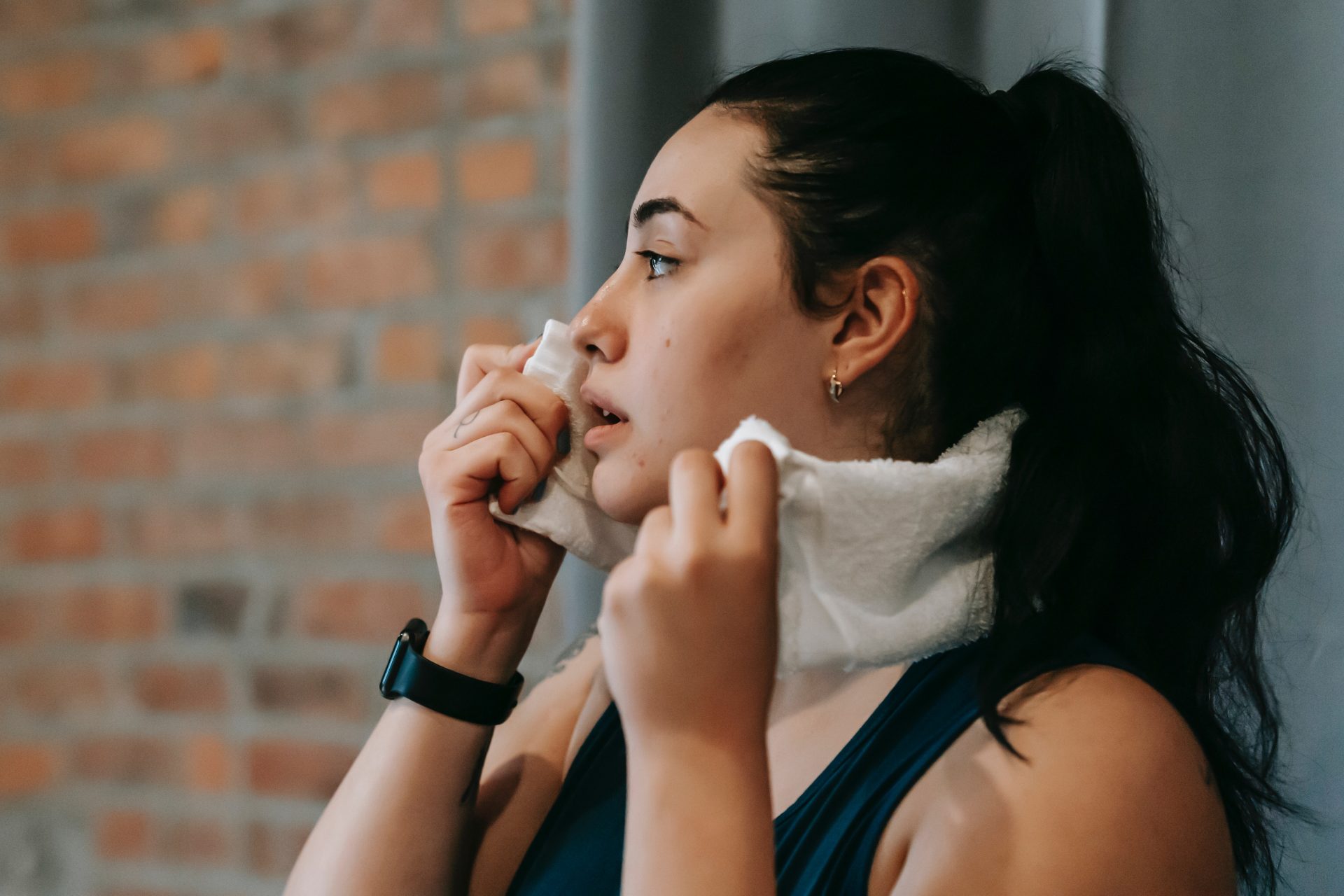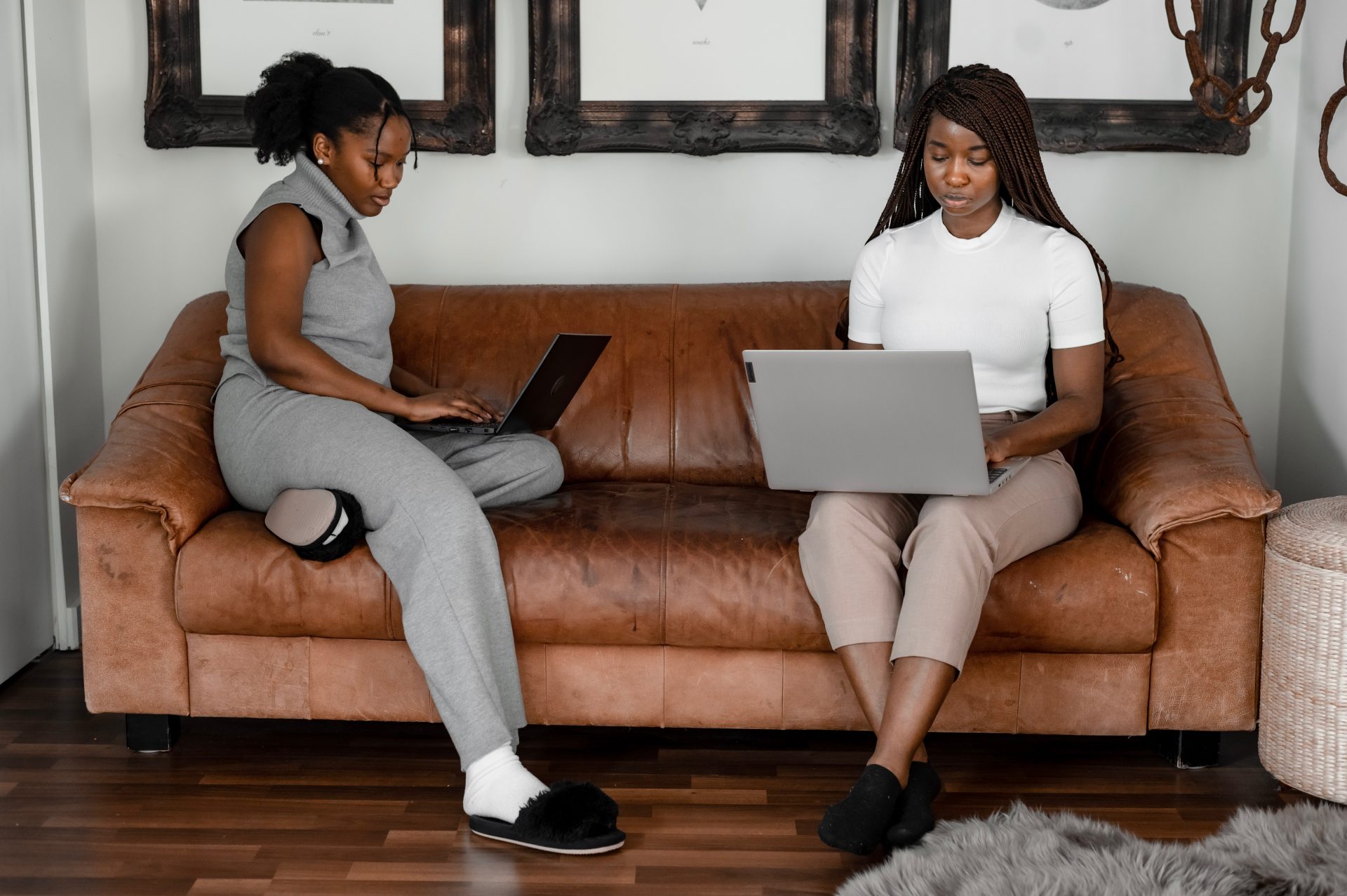What does being ‘fit’ even mean anymore?
In our search to get fitter and stronger, what exactly is it that we’re looking for?
How often have you started an exercise routine with the aim of feeling a bit ‘fitter’ or ‘stronger’? Perhaps you know what that feels or looks like in your head, but these vague goals aren’t particularly easy to define.
Medically, fitness is defined as ‘one’s ability to execute daily activities with optimal performance, endurance, and strength with the management of disease, fatigue, and stress and reduced sedentary behavior’. How we measure that in real terms is a little more tricky.
That’s particularly true now that we’re so used to seeing other people undertake impressive acts of fitness. It’s normal to see people squatting double their body weight on social media, and it can feel as though every single one of your colleagues has run a marathon. Does that mean you are weak because you can’t deadlift the weight of a small child? Are you unfit because, no matter how many lockdowns you went through, you still couldn’t run a sub-30 minute 5k?
You may also like
Picture of Health: why do women have such a complicated relationship with health?
As working out has become a mainstream part of our lives over the past few decades, our interpretation of fitness may have become more extreme. Yet, on a population level, we’re more sedentary than ever. This polarisation puts people off even dabbling in fitness full stop: This Girl Can, the inclusive female-focused campaign from Sport England, found one of the biggest reasons women don’t work out is because they don’t feel fit enough. If that’s true, what does ‘fitness’ actually mean, and is being fit really for everyone?
Fitness goals
‘Fitness’ comprises cardiovascular health, muscular strength, muscular endurance, body composition and mobility. So there really is quite a lot to work on. It’s why variety is so crucial in our routines: you might be incredibly strong, but if your cardio health isn’t great, are you really ‘fit’?

“If you regularly run 5k, then your body will quickly adapt to that type of exercise so you will probably find running 5k quite easy,” says Joanna Dase, health and fitness expert from Curves gym. “But if that is the only physical activity you do then you are susceptible to problems relating to poor muscular strength, bad posture, joint degradation from overuse and repetitive movements.”
The current NHS guidelines recommend 150 minutes of moderate intensity exercise per week for most adults. ‘Moderate intensity’ is movement that will raise your heart rate and make you breathe faster. According to their site, one way to tell if you’re working at a moderate intensity level is if you can still talk, but not sing.
You may also like
HIIT vs steady-state cardio: what’s best for physical and mental health?
The NHS also recommends dividing this movement up evenly across your week, and including ‘strengthening exercises’ twice a week.
That means your week might look roughly like:
- Three brisk, 30-minute walks
- Two 30-minute moderate-intensity resistance training sessions – i.e. a 30-minute bodyweight workouts
And… that’s it. That sounds quite different to how we are told to get fitter – doing intense HIIT sessions or training every single day. However, this recommendation by the NHS is the minimum for health, so generally speaking, doing more should be the goal. But, according to Dr Juliet McGratten, a medical doctor, running expert and author ofSorted: The Active Woman’s Guide to Health, there is an upper limit on how much exercise we should do.
You may also like
How often should you work out? Fitness trainers explain how many times a week we should exercise
“The curve of the graph does eventually flatten out –we know that there’s a point where you stop getting more benefits from additional movement,” she says. For example, there’s no extra physical health benefit to walking over 7,000 steps – despite 10,000 being the commonly prescribed goal. And you do even get to a point where you can get more harm than benefit from exercise, Dr McGratten continues: “That is very individual, but there will be a point at which you could be doing too much exercise and overtraining.

Non-gym physical activity
Our fitness includes what we do outside of our set exercise time, too. The stats show that we are, as a general population, concerningly sedentary: NHS figures suggest that most adults spend at least nine hours a day sitting down, whether that’s working, driving or watching TV. Lockdown also increased this behaviour, according to a 2021 study: sitting for longer than eight hours a day increased by 43.6% on weekdays and 121% at weekends. While that number may not be so extreme now that we can head out to socialise or hit the gym, working from home culture has still reduced the ‘incidental’ movement we get throughout our day: that is, walking to and from destinations such as train stations and moving around the office.
You may also like
Is 10,000 steps a day enough? The science behind the step count (and why it might be wrong)
But do these little acts of standing and walking really make you fitter? A 2018 paper found that for adults, above six to eight hours per day of total sitting time and three to four hours per day of TV viewing time are associated with greater risk of all-cause and cardiovascular disease mortality. That risk wasn’t declined even for those who met the recommended activity levels of moderate-to-vigorous activity levels. That’s why the Chief Medical Officer now vaguely prescribes “breaking up prolonged periods of sedentary time”, which Dr McGratten interprets as moving for one or two minutes every half an hour.
More recent research has disputed the mortality of sitting, suggesting that we potentially can out-train a desk job: a 2021 paper studying 2,000 people showed a correlation between improved cardio-respiratory fitness and the amount of time spent exercising, walking and not sitting. However, the paper suggested that those with a high number of daily steps or who engaged in vigorous exercise still improved their fitness regardless of whether or not they were sedentary for the rest of the day.

“The biggest benefits of movement happen in someone who doesn’t move at all, starting to move,” says Dr McGratten. “You can increase your fitness significantly through your everyday life through looking for opportunities to be active or just taking little active breaks when you can. Adding 10 minutes here and there through the week might not seem like much at the time, but they really will add up.”
What does being ‘fit’ look like?
“How people look isn’t a determinant of how fit they are.” That’s what Dr McGratten emphasises, and there are so many reasons why our body’s ability to move isn’t linked to how it looks.
For starters, so much of our looks come down to genetics. And while low body fat percentages may be associated with improved fitness, the impact of sustaining this body type can actually do the opposite. Women with low body fat percentages – which is needed for many to have the visible, rippling muscles you see on social media – tend to have lower rates of estrogen. Studies have previously shown that 24 weeks of estrogen deficiency results in a 10% decrease in strength.
“I think fitness needs to be measured more by health metrics rather than aesthetics,” says women’s health expert and sports dietician Renee McGregor. “It’s why understanding hormones is so important – having a period [which some women can lose through low weight or over exercising] is a better sign of fitness than abs.”
You may also like
Abs aren’t the ultimate sign of fitness: why a six-pack doesn’t make you healthy
On the other end of the spectrum, we are all too aware of the impact of obesity on our health. But the latest research indicates that people in large bodies can still be fit, and that it is the habits, not the size, that are indicative of health. A 2020 review by iScience found that the “fat but fit” approach – that is, increasing physical activity without necessarily losing weight – may be at least as effective as weight loss in reducing the risk of cardiovascular disease and mortality in people with obesity.
“It is very common for people to be mislabeled as ‘fit’ or ‘unfit’ depending on their body. But what’s actually important is what’s on the inside,” says Dr McGratten. “It’s the visceral fat which is harmful – that’s the internal fat that sits around your organs like your heart and liver. You can’t see how much visceral fat someone has got by looking at them.”
So, what does fitness even mean?
“Being fit is feeling physically and mentally well-equipped and resilient enough to maintain the activities that I enjoy,” summarises Dr McGratten. “It’s not just about the science, my heart rate or what my weight is, but how I feel about the day and my ability to cope with all the challenges that are coming my way.”
Dr Legg’s definition of fitness is similarly holistic, but she also believes that it’s not just about being able to feel good now but the ability to maintain it: “We should aim to be fit enough to be independent, and have the functional capacity to be able to live the life we want for as long as we can.”
Ultimately, it’s almost impossible to give a universal answer to what fitness is, looks like or feels like. How ‘fit’ you are and how fit you want to be are all going to depend on your age, your gender, your goals – and whether being fit is simply about longevity or if it is your hobby, your pastime and something you love. If it’s the latter, you might want to carve out hours of your week to progress. But it’s also OK to simply want to be fit enough to get through life. Not all of us need to be striving to hit a new PB, lift pro-level weights or run marathons. In fact, for many people, it’s the small steps that are more important for overall wellbeing than making exercise your first love.
In Stylist’s new digital series Picture of Health, we investigate what health looks like for women today – from redefining mental health and fitness, to examining issues around race and disability inclusivity. For investigations, first-person essays and features check back here daily.
Images: Pexels / Getty
Source: Read Full Article
